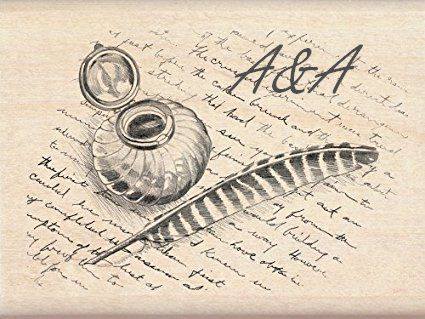
Richard Weaver
The Stars are watching us
with intense interest tonight,
staring back as we stare at them.
The James Webb telescope has gone live
a million miles away and made life
on Earth as mundane as Velveeta cheese.
It sends images the mind might marvel at
or reject as digital voodoo.
Something a land-based denier,
a flatlander labels Not News,
a reality without secure borders.
The distance lies beyond imagination.
The beauty has no correlate. The colors
are those of a drunken robot
with Pantone delusions. We send audio
messages on gold discs encoded
with our DNA, out into the cosmos,
confident they will be understood—
the vast sky and the stars will approve.
Take note of our existence, and say
Oh, don’t they seem nice and agreeable.
Friendly in a doggish way. Perhaps we should
drop by for an extended vacation, we can
appease their obviously needy complex.
___________
Post-COVID, Richard Weaver has returned as the writer-in-residence at the James Joyce Pub. Among his other publications: conjunctions, Louisville Review, Southern Quarterly, Free State Review, Hollins Critic, Little Patuxent Review, Loch Raven Review, The Avenue, and New Orleans Review. He’s the author of The Stars Undone (Duende Press, 1992), and wrote the libretto for a symphony, Of Sea and Stars (2005). Recently, his 180th prose poem was published. He was a finalist in the 2019 Dogwood Literary Prize in Poetry.
Author’s Backstory: It was a dark and stormless night. Late September. The first near-infrared camera images from the Webb telescope were appearing on the Internet. Once again The Pillars of Creation, first seen in 1996 and again in 2044 by the Hubble. A vast nursery of newly formed stars being born. 6500 light-years away. Rather than wax (or wane) poetical, I opted to turn the image (the poem) inside out, a kind of reverse anthropomorphism. The amazing image provides the energy. The initial version was an unbroken prose poem. I twiddled and tweaked before imposing line breaks and other small language adjustments. My strategy remains: through indirection find direction. (The image is available on webbtelescope.org).
Editor’s Notes/Image Credit: Stars can certainly be taken as a metaphor for advanced alien civilizations, but also as angels [after all, in several religious contexts, the stars are angels and guardian angels do watch over us]. Here, the Pillars of Creation, which are “set off in a kaleidoscope of color in NASA’s James Webb Space Telescope’s near-infrared-light view. The pillars look like arches and spires rising out of a desert landscape, but are filled with semi-transparent gas and dust, and ever changing. This is a region where young stars are forming – or have barely burst from their dusty cocoons as they continue to form.” [Credits: NASA, ESA, CSA, STScI; Joseph DePasquale (STScI), Anton M. Koekemoer (STScI), Alyssa Pagan (STScI)] See https://www.nasa.gov/feature/goddard/2022/nasa-s-webb-takes-star-filled-portrait-of-pillars-of-creation for a comparison with the HST.

